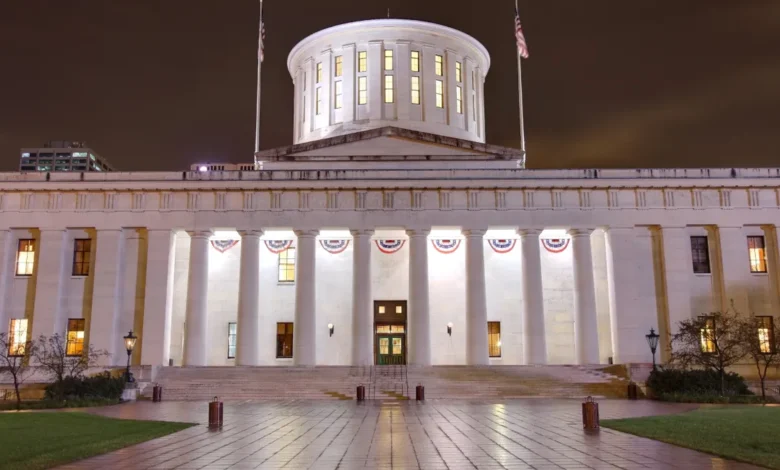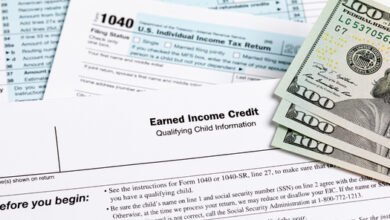The Future of DEI in Ohio’s Classrooms: Legislation, Legal Questions, and the Battle for Inclusion

Introduction
In a move that’s sparked statewide and national debate, Ohio House Republicans have introduced House Bill 155, a sweeping proposal aimed at eliminating Diversity, Equity, and Inclusion (DEI) efforts in K–12 public education. The bill, introduced by House Reps. Beth Lear (R-Galena) and Josh Williams (R-Sylvania Township), mirrors Senate Bill 113, which is already under review in the Ohio Senate Education Committee. Together, the bills reflect a coordinated legislative push to reshape how public schools address identity, fairness, and representation in Ohio.
What the Bill Seeks to Do
HB 155 mandates that all local boards of education:
-
Dismantle any existing DEI offices or departments
-
Prohibit new DEI offices, initiatives, or training programs
-
Ban DEI-related language in job descriptions
-
Avoid any DEI-oriented staff orientation or curriculum alignment
The bill frames these actions as necessary to re-center education on “core academic subjects” and away from what its sponsors call “ideological indoctrination.”
The Rationale Behind the Legislation
According to Rep. Lear, DEI initiatives “prioritize identity over ability, promote racial preferences over fairness, and undermine the principle of equal opportunity for all students.”
Rep. Williams echoed this sentiment, stating the legislation aims to “promote unity and harmony” by focusing on student commonalities rather than differences. “By treating all of our students and staff the same,” he said, “we can allow our educators to focus on core academic subjects.”
What is DEI, Really?
Despite the sweeping nature of the bill, Democratic lawmakers raised serious concerns about its ambiguity notably, the absence of a clear definition for DEI.
Rep. Phil Robinson, Jr. (D-Solon) and Rep. Sean Brennan (D-Parma) repeatedly pressed for a definition, warning that teachers could unintentionally break the law without clear guidelines. Williams declined to define the term, saying, “The easiest way to answer that is to teach the subjects you are supposed to teach,” and added that school boards would be responsible for interpreting DEI and crafting their own compliance policies.
This decentralization of interpretation has raised alarms among educators and civil rights advocates, who worry that vague policy language could lead to over-correction, self-censorship, and legal risk for schools and teachers simply trying to navigate inclusive education.
A Step Backward or a Step Toward Neutrality?
Supporters of the bill argue that this is a return to educational neutrality. Critics see it as a rollback of decades of progress in recognizing and addressing systemic barriers, especially for marginalized students.
Rep. Kevin Ritter (R-Marietta) went as far as calling DEI “toxic,” insisting that enforcement mechanisms are necessary and would soon be added via amendment.
But Rep. Beryl Brown Piccolantonio (D-Gahanna) raised a critical point: the bill’s legality is uncertain amid two ongoing federal lawsuits. The ACLU and National Education Association (NEA) are challenging prior attempts, especially under the Trump administration—to ban DEI initiatives, arguing that such bans may infringe on civil rights and equal protection guarantees.
Behind the legislative language and political rhetoric are real students, teachers, and communities. DEI initiatives in schools have often included:
-
Cultural awareness training for educators
-
Support systems for marginalized or underrepresented students
-
Efforts to close racial and socioeconomic achievement gaps
-
Inclusive curriculum development to reflect diverse histories and experiences
Removing DEI could erase structures that many students rely on to feel seen, safe, and supported. As critics warn, policies like HB 155 could unintentionally isolate students of color, students with disabilities, and those navigating poverty or trauma.
Conclusion
The future of DEI in Ohio’s K-12 education system now hangs in the balance. With HB 155 and SB 113 advancing through their respective chambers, the debate is intensifying, not just over what should be taught, but how identity, equity, and inclusion should be valued in public education.





